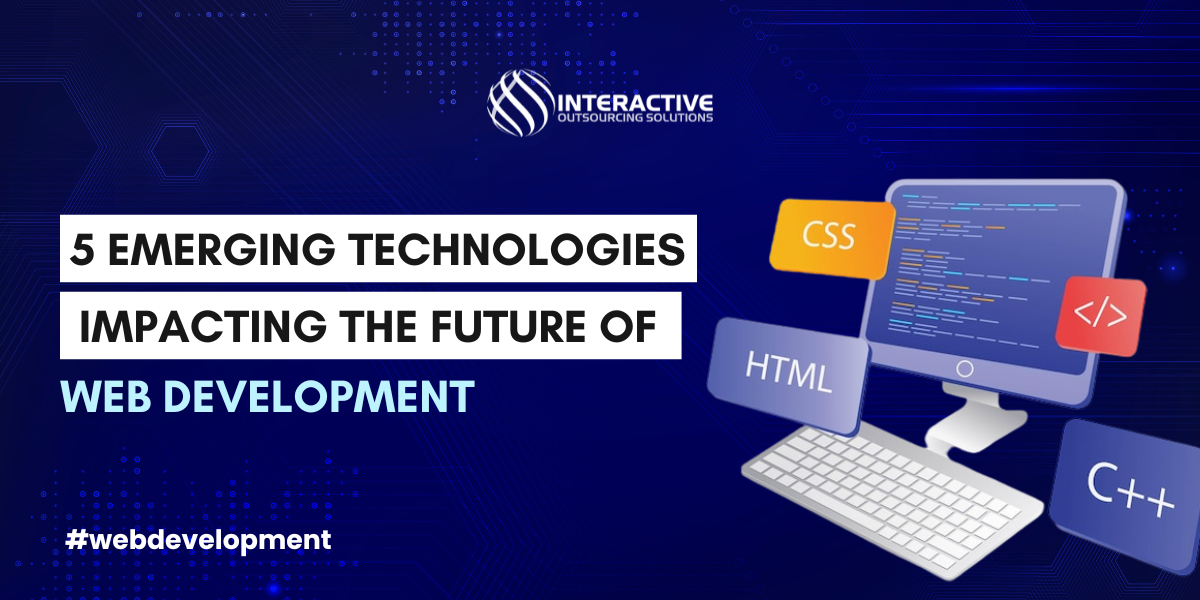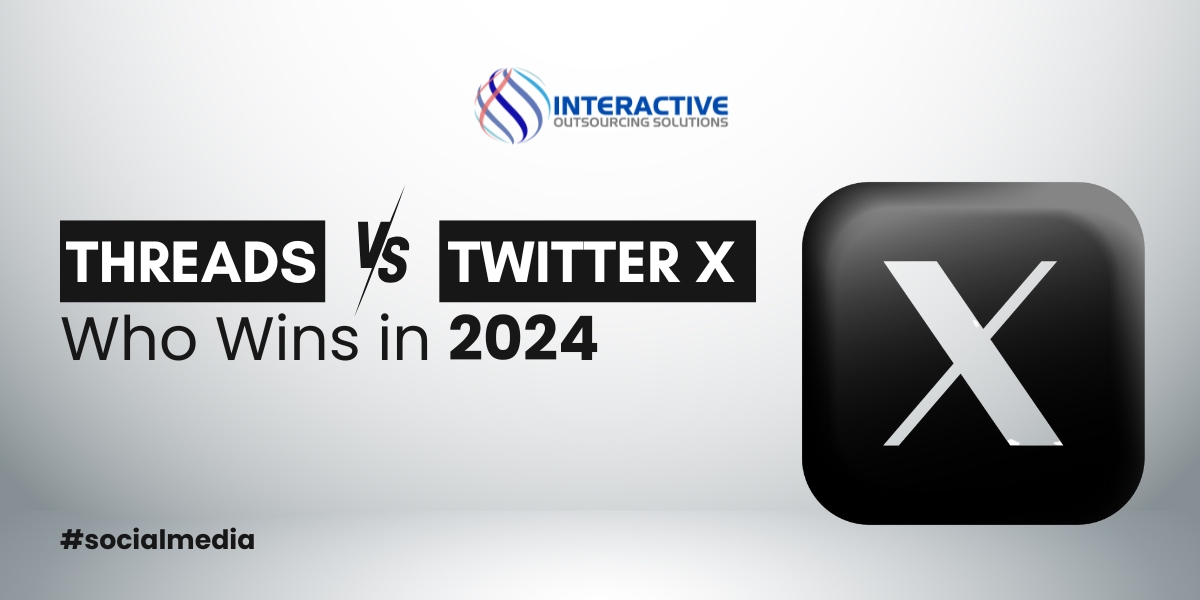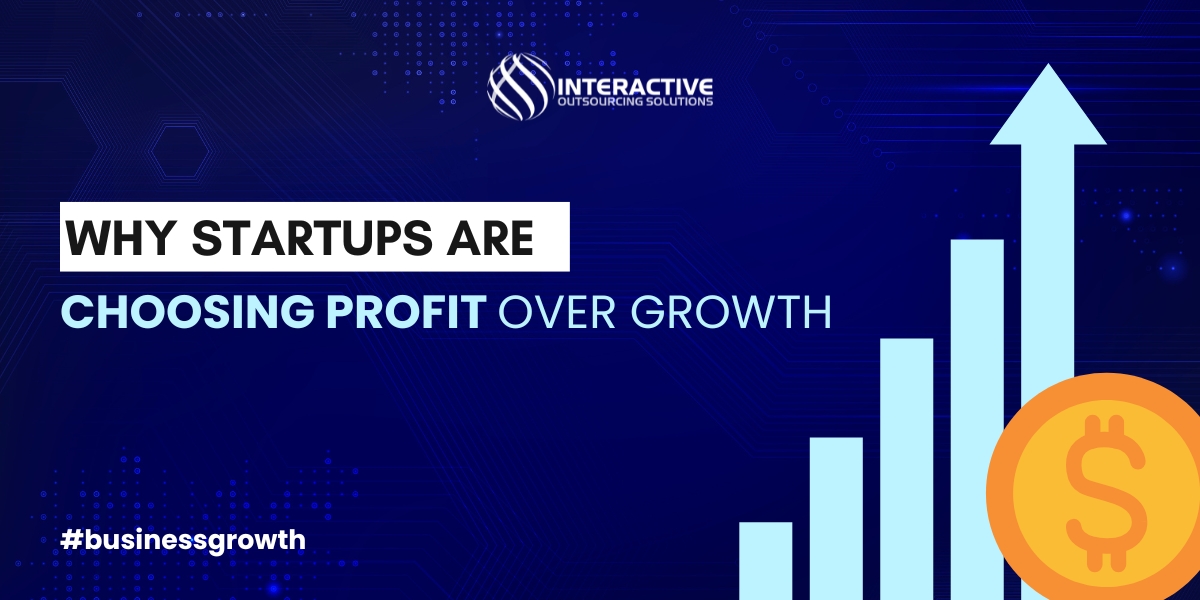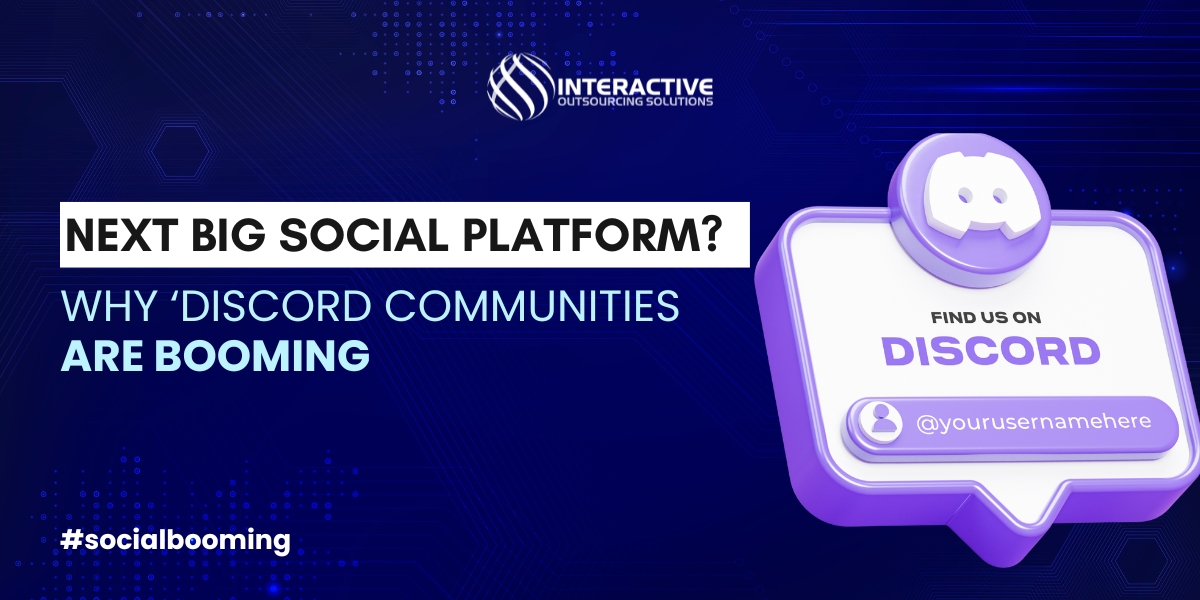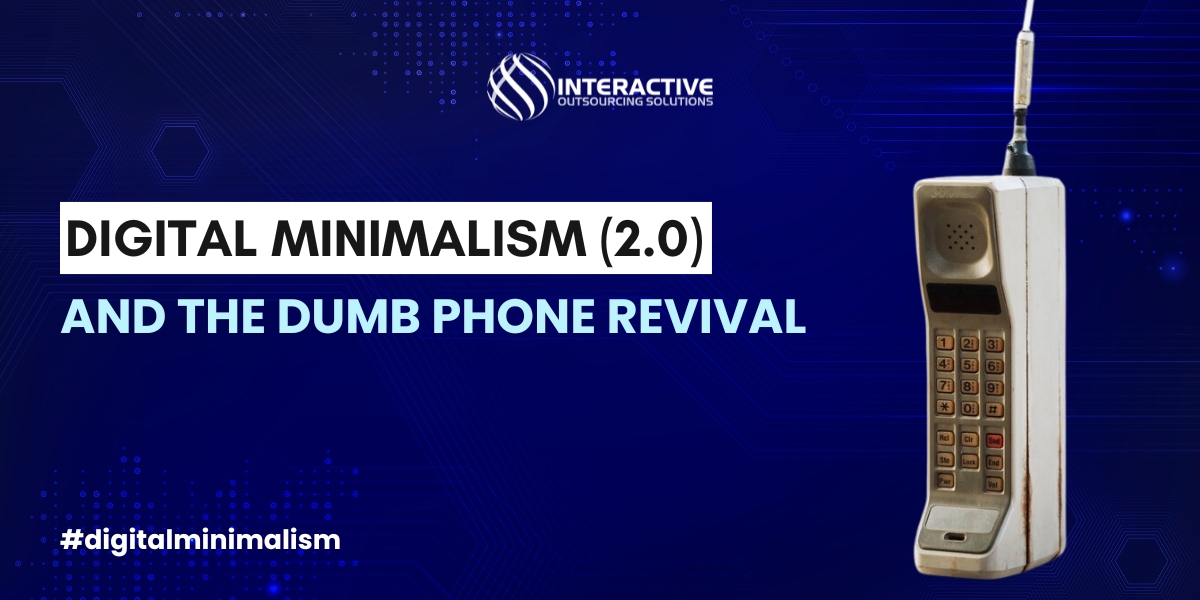Share
Imagine browsing a website that feels like a conversation, where your needs are anticipated, your preferences are understood, and every click leads to an experience tailored just for you. It might sound too good to be true, but it’s the future of web development, thanks to the rise of emerging technologies.
If you are wondering what those emerging trends are and their impact, let’s explore in this blog.
Responsive Web Design (RWD)
Let’s say you are browsing your favorite website on your phone during your morning commute. Later, you revisit it on your desktop at work, and it’s just as seamless. That’s the magic of Responsive Web Design (RWD).
In a world where mobile devices are becoming supreme, RWD ensures that websites effortlessly adjust to any screen size or resolution. Whether it is a smartphone, tablet, or massive desktop monitor, the experience remains smooth and intuitive.
But it’s not just about aesthetics. Responsive design also packs an SEO punch which means Google favors mobile-friendly sites in search rankings, meaning RWD is not just a user-friendly choice, it’s also a smart business move. RWD can easily give your website an edge in the digital race by keeping users engaged.
WebAssembly (WASM) and JavaScript
Another trend that is taking web development by storm is that WebAssembly (WASM) is now allowing developers to run code from languages like C, C++, and Rust directly in browsers. This gives way to new possibilities for resource-heavy applications like games and multimedia.
While it offers impressive performance for tasks that demand speed, it doesn’t replace JavaScript. Instead, WASM complements JavaScript, handling performance-critical functions while JavaScript continues to manage user interactions and core web functionalities.
Highly Specialized Solutions
The future web is moving away from the one-size-fits-all approach. As development practices evolve and teams shrink, creating specialized solutions for niche markets is becoming more feasible.
In the past, large-scale software projects required broad, generalized solutions, but today’s efficient practices allow for products tailored to specific needs. This means we will see more highly customized web experiences that would be built on established platforms like AWS. it is safe to say that we will witness a rise in targeted solutions that deliver exactly what customers need.
Artificial Intelligence and AI Features
If there is one trend that is guaranteed to bring huge changes to the web development industry, it’s the use of artificial intelligence (AI). it’s becoming a key player in shaping how we build and interact with web applications. But, the focus is shifting from standalone AI products to AI features integrated within existing tools.
Rather than users seeking out separate AI-driven platforms, they’re enjoying the benefits of AI seamlessly woven into familiar applications like Notion and Photoshop. This trend reflects a broader shift in the industry, where AI is enhancing user experiences without forcing users to leave their preferred ecosystems, making the web even smarter and more intuitive.
Serverless Technologies
As we look towards technology in 2025, serverless architectures are also one of the driving forces for bringing changes to the future of Web Development. By removing the need for developers to manage infrastructure, platforms like AWS Lambda and Azure Functions allow for smooth experience and enable you to focus solely on writing code.
While serverless technologies bring numerous benefits, such as reduced operational overhead, they also have its sets of challenges. Developers must adapt their code to fit the event-driven, stateless nature of serverless functions, which may require rethinking the entire codebase. But, serverless technologies can help you in creating powerful web applications, if approached thoughtfully.
Conclusion
As we’ve gone through the latest trends and new web development technologies, one thing is clear; the web future is bright as ever. From websites that effortlessly adjust to any screen size, to AI features that make our online experiences smarter and more personalized, the digital world is becoming more intuitive and engaging. Serverless technologies are making it easier for developers to build powerful apps without the usual headaches, and specialized solutions are allowing us to create products that truly meet the needs of smaller audiences. The immersive, interactive web we imagined at the start? It’s closer than ever, thanks to these groundbreaking technologies. And as we look ahead to 2025, the future web is only getting brighter.

